Outback serial killer could ‘go bush’ again, judge warns
Outback serial killer Regina Kaye Arthurell, who is “at risk of killing again”, could “go bush” in future, a judge has warned.
Outback serial killer Regina Kaye Arthurell, who a court heard is “at risk of killing again”, could “go bush” again, a judge has warned.
Justice Richard Button warned that Arthurell – who committed three separate killings in the outback, including one murder while she was still “on the run”, wanted to return to the countryside.
When she was known as Reginald Kenneth Arthurell, the now 75-year-old offender was also a person of interest in a fourth outback killing, the unsolved 1971 murder of Catherine Page, 82, in Coonamble.
“ (Arthurell) did feel much more comfortable living in the country, worked for RM Williams and enjoyed rodeo riding,” Justice Button said.
“A person can go to Central Station and jump on a long distance train to many different parts of NSW.
“An elderly person can pick up a steak knife.”
But Arthurell’s lawyer, David Barrow, told a NSW Supreme Court hearing before Justice Button that Arthurell was too old or incapacitated to go bush.
He also said the defendant was unsteady on her feet, had a pronounced tremor, and was constantly getting lost even while living in the city.
He said when Arthurell had been on the run, she was then aged 48.
“She … is now 75. Her capacity to do anything to avoid the authorities is so small as to almost be ridiculous,” he said.
“She has very limited eyesight, very limited hearing and difficulty with mobility … and no connections with anyone.”
He said the idea of Arthurell going bush was “a very unlikely prospect” and the defendant “could live where she is required to live”.
He described a requirement for Arthurell to wear an electronic monitoring anklet as onerous.
“It puts a person in a complete straitjacket. It’s obviously stressful, highly intrusive,” Mr Barrow said.
The court heard earlier that Arthurell is at risk of committing future violence and killing again, but forgets to charge her electronic anklet and has a tremor which makes it difficult plugging it in.
The NSW Supreme Court also heard that the triple killer, who is “undergoing a transition to her preferred gender, female” had cognitive decline.
This was disputed by Crown prosecutor Katrina Curry, who told the court a 2020 aged care assessment had deemed Arthurell “independent with all activities of daily living”.
She said Arthurell had a history of “irritability and recklessness and a reckless disregard” and was “still displaying some of those traits” which could lead to aggression and violence.

A psychiatrist told the court that supervision restrictions on Arthurell “could escalate her level of frustration so that she behaves in a violent manner”.
Forensic psychologist Ivanka Manoski told a supervision hearing before Justice Richard Button that Arthurell posed a moderate or medium risk of “committing a further serious violence offence (that) could involve serious violence that is fatal”.
Arthurell’s biggest risk factors for committing violence were “poor emotional regulation, alcohol abuse and isolation”, the court heard.
The State of NSW is applying for a three-year Extended Supervision Order (ESO) over Ms Arthurell, who the court heard had spent 37 years in prison for one murder and two manslaughter convictions.
The defendant was previously known as Reginald Kenneth Arthurell when she offended in Queensland and the Northern Territory, before murdering her fiancee Venet Mulhall, who was bashed to death with a piece of wood in 1995.
Forensic psychiatrist Dr Yolisha Singh told the court that a proposed condition that significant changes to her appearance be reported “might prove quite onerous”.
Dr Singh said a gender transition involved “all sorts of different changes, taking deportment classes to change the way to walk, elocution classes, in addition to changing physical changes in hairstyle or wigs or attire”.
“Ms Arthurell said to me how distressed she was that she was photographed by the media in different wigs.”
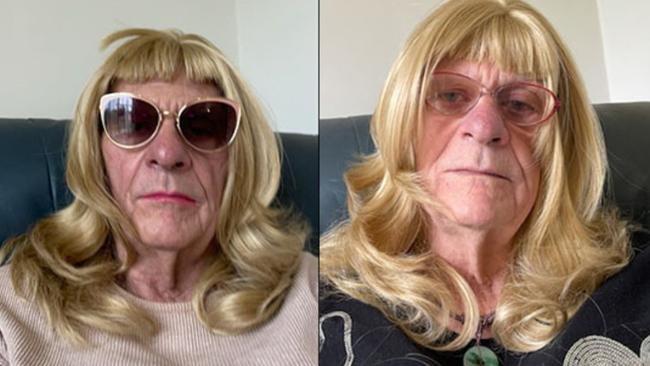
Dr Singh said she had found Arthurell to be “very unsteady on her feet” and that she “mobilised very slowly”.
The psychiatrists said she had noticed when asking the offender to sign a consent form, Arthurell had “a marked tremor” and had to use her other hand to still the signing hand.
The doctor said Arthurell had “hearing and visual impairments” and there was a “concern about her remembering to charge the electronic monitoring equipment”.
“In addition, I think her tremor makes that process quite difficult, quite frustrating,” Dr Singh said, marking a warning note that this could lead to violence.
“Conditions that are hostile or unnecessarily restrictive … could escalate her level of frustration so that she behaves in a violent manner or acts aggressively to return to custody where she has felt a sense of belonging or acceptance,” Dr Singh said.
Justice Button said on Monday afternoon he would reserve his decision on whether to impose an ESO until Tuesday.
The ESO would take over from an Interim Supervision Order (ISO) imposed in April, which expires on July 19.
Arthurell’s full sentence and supervision on parole ended on May 24, but NSW Attorney-General Mark Speakman took out the ISO which came into force on that day.
This meant Arthurell was still required to wear a tracking anklet and be subject to restrictions over changing his appearance.
Her 16 parole conditions until May 24 had not prevented a change of appearance, but the ISO did include a condition about reporting significant changes in her physical appearance.
Photos posted by the violent outback killer on the internet showed her dressed in a series of women’s wigs posing for the camera.
The photos were allegedly posted on a transgender community friendship page by Arthurell, who now goes by the name of Regina Kaye.
She posed in three different coloured wigs, including one in a dark brown bob which she used as her signature image with the words, “Hi, I’m Regina”.
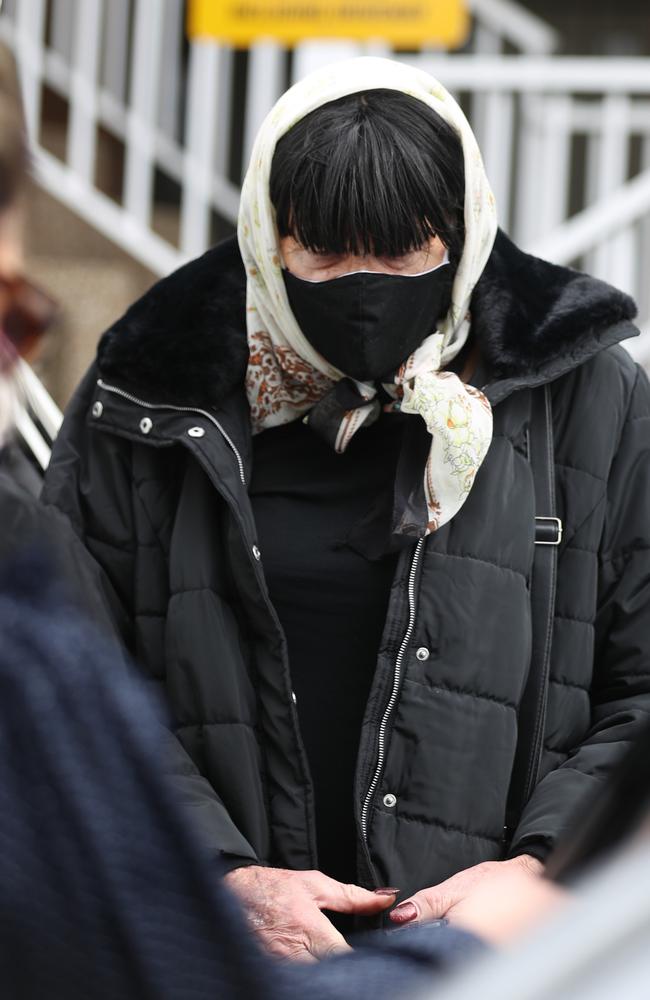

Since his prison release, Arthurell has been investigated for allegedly making threats against his female victim’s family.
NSW Police were investigating a claim Arthurell had vowed to “take out” the family of his last victim, Venet Raylee Mulhall.
Corrective Services NSW referred police to an allegation by a concerned transgender community member that Arthurell allegedly contacted via the Facebook page.
He had allegedly said he would act against the family and Corrective Services once his parole had ended and he was no longer wearing a tracking anklet.
Corrective services said it was “aware that an associate of a 74-year-old parolee has contacted the registered victim of the offender (and) … immediately referred” the matter to NSW Police.
Arthurell was released on parole last November after serving 24 years in prison for bludgeoning Venet Mulhall, then his fiancee, to death in 1997 with a piece of wood.
Arthurell, a former rodeo worker, was an outback drifter when he committed his first two killings four decades ago.
The tall, powerful, self styled “cowboy” had two manslaughter convictions when he met vulnerable and devoutly religious Venet Raylee Mulhall in the 1980s.
When Arthurell was 28, he killed his stepfather, Thomas Thornton, 49, with a carving knife and then went on the run.
Working at rodeos in Queensland and the Northern Territory, Arthurell met another man and together in 1981 they robbed and killed 19-year-old sailor, Ross Browning.
Browning’s mutilated body was found in scrub just 35km east of Tennant Creek.
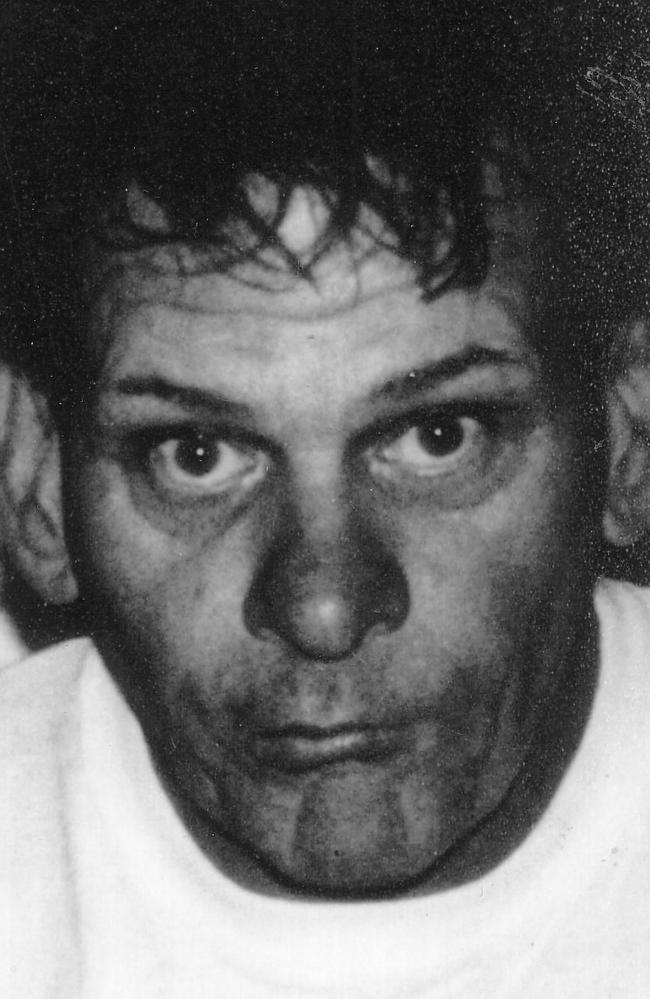
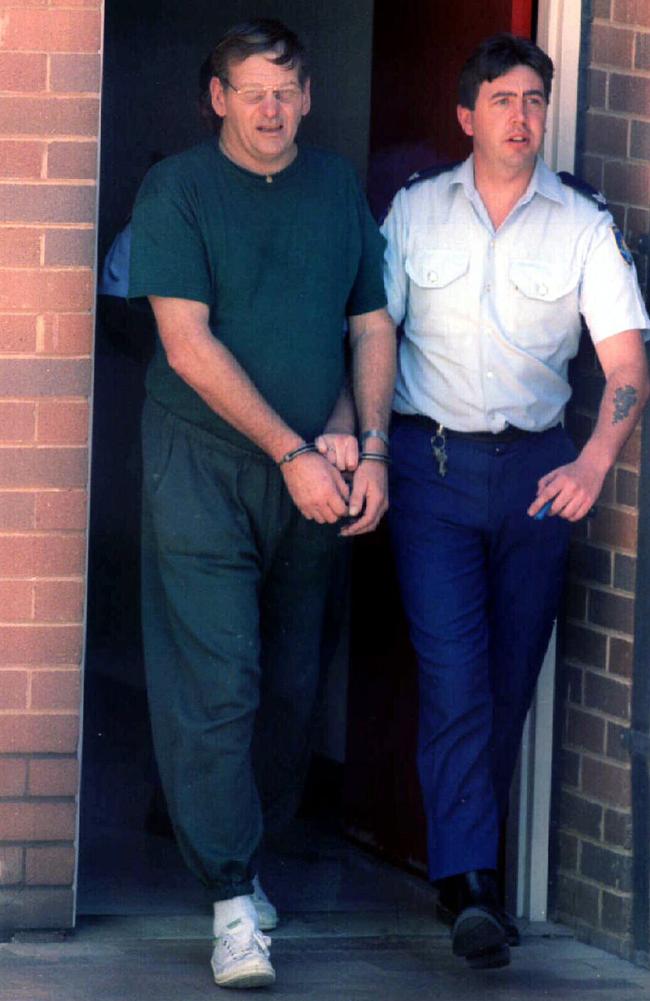
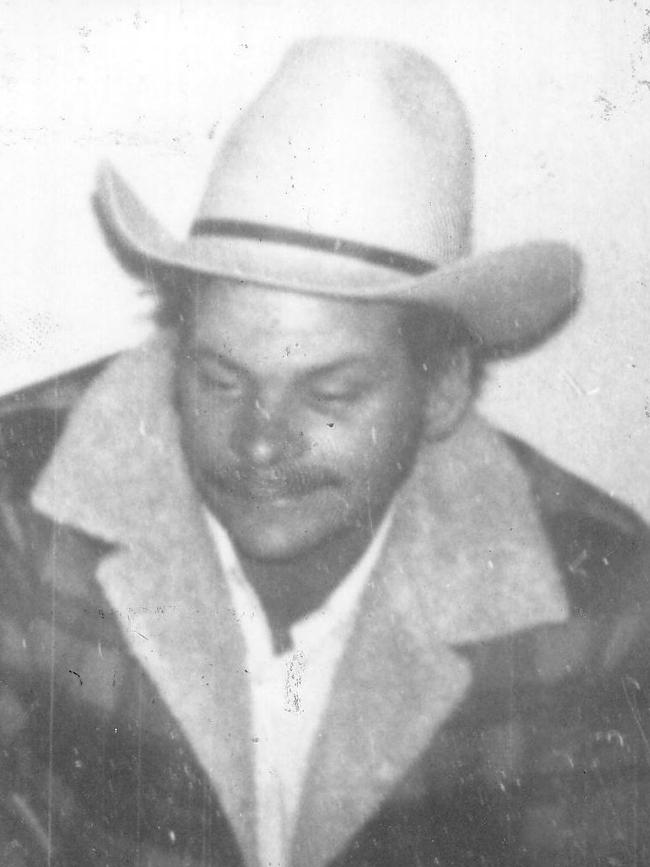
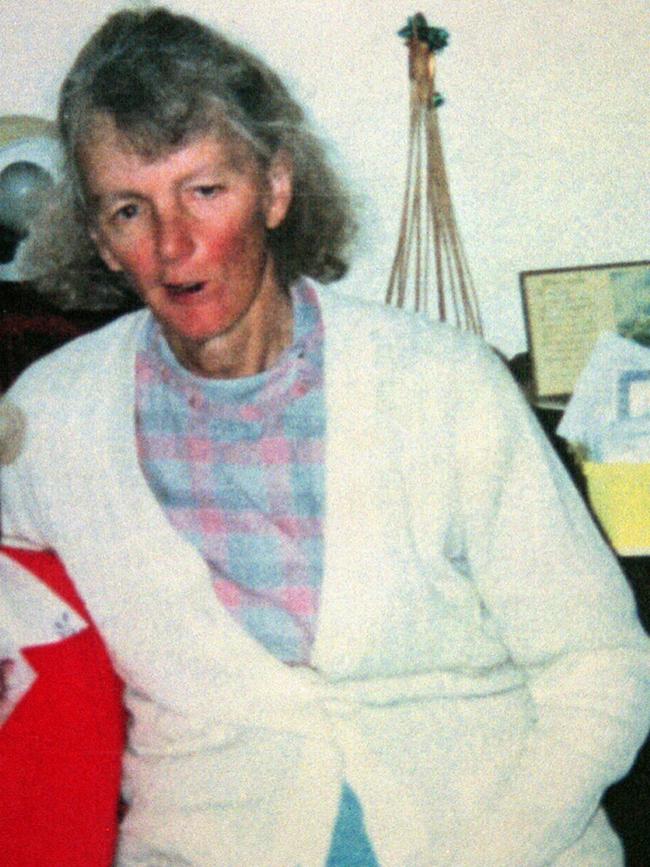
NT Police described the killing as “the most vicious” they had investigated, but two murder trials were aborted and both men pleaded guilty to reduced charges of manslaughter.
Ms Mulhall started writing to Arthurell in 1986 when he was serving time in Darwin Correctional Centre for Browning’s killing.
A Prison Fellowship Christian, Ms Mulhall was five years older than Arthurell and visited him in prison, where he was baptised and convinced her – and authorities – he had found God and reformed.
Ms Mulhall had suffered a broken marriage and had been left with her face permanently paralysed and disfigured by an operation to remove a tumour next to her brain.
Arthurell, who had proposed to Ms Mulhall, was released into the care of his new fiancee in April 1991.
He was still on parole in February 1997 when he murdered her at the Coonabarabran home in central western NSW that Ms Mulhall had bought to forge their new life together.
Her brother, Paul Quinn, found Ms Mulhall’s decomposing body at the home.
Inside, he discovered – on his sister’s camera – images of Arthurell, who had fled in Ms Mulhall’s car, wearing his fiancee’s clothing.

Arthurell’s full sentence for murdering Ms Mulhall expired on May 24.
Paul Quinn said Arthurell should have been sentenced to life without parole.
“These people commit crimes that are so outrageous that they exclude themselves from society,” Mr Quinn told 2GB.
“The first thing the judge should actually consider is how do you reintegrate these people back into society.
“You can’t. They should stay in prison for the rest of their life.”

